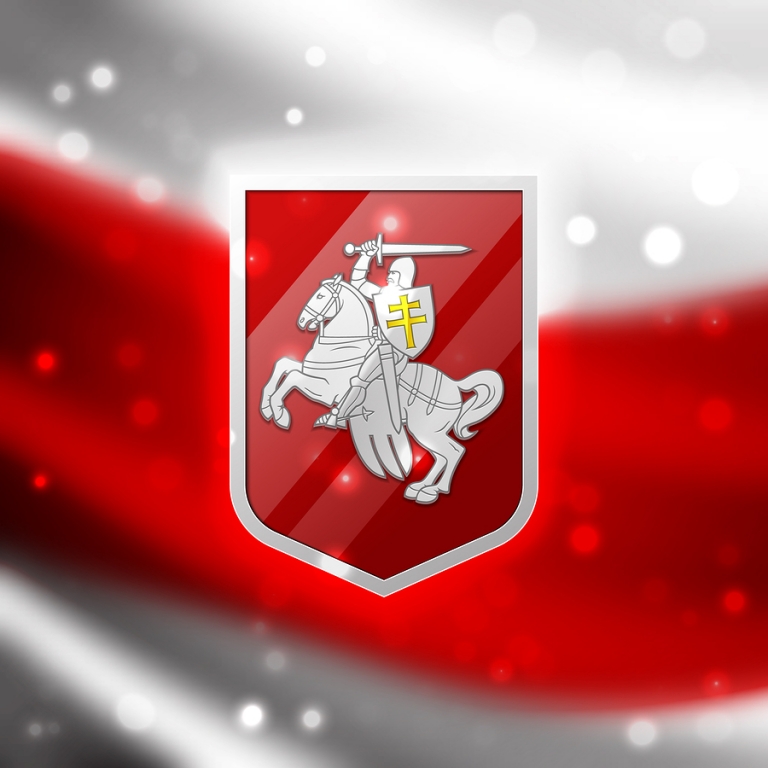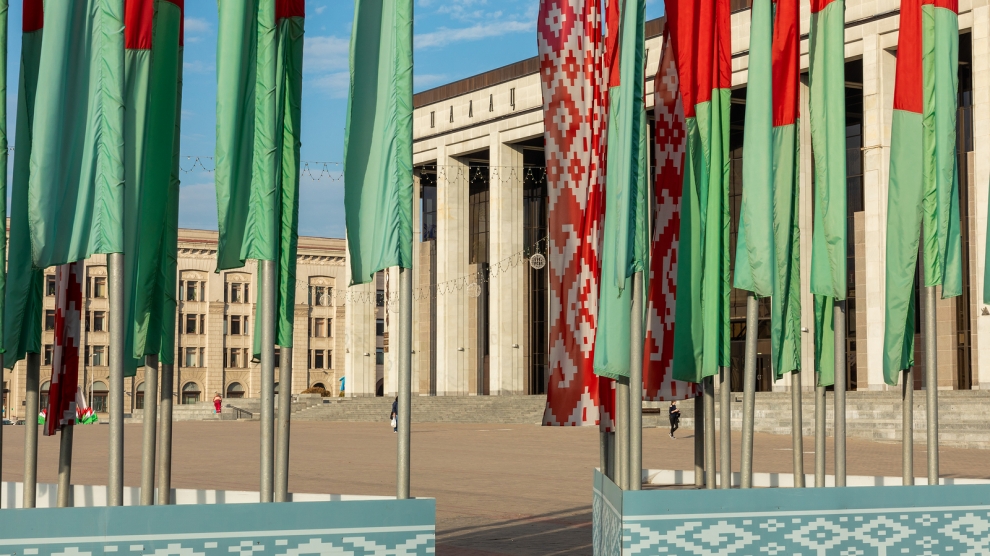On May 12, Belarusians celebrated what is known as the Day of the Coat of Arms and Flag, which commemorates the country’s national symbols. However, while the two items are the only official emblems of the country, many Belarusians find it hard to accept them.
After the collapse of the Soviet Union, Belarus, as an independent country decided to return to its pre-Soviet white-red-white flag with the so-called Pahonia (Pursuit) as its coat of arms. These symbols were supposed to give the country its identity back. Following a controversial referendum in 1995, however, which was spearheaded by Belarusian president Aleksander Lukashenko – who remains in office to this day – the country voted to reinstate the red and green Soviet-era flag.

Use of the white-red-white flag and the Pahonia dates back to 1918 when the Belarusian People’s Republic declared its independence from the nascent Soviet Union. The attempt to gain independence ended up unsuccessful, as the Soviets were quick to crack down the newly formed state, as well as its symbols. For the next seven decades, Belarus was an integral part of the USSR and Belarusian symbols re-emerged only in 1991.
Nonetheless, the desire for independence turned out to be only partially existent after all post-Soviet states fell into social and economic crisis. Being one of the leading politicians who looked to the Soviet past rather than a democratic future, Lukashenko won a landslide victory in 1994, after which Belarus looked back nostalgically at its Soviet past, including its Soviet symbols. The restored emblems reflected that past, although not entirely: traditional communist symbols, such as the Soviet hammer and sickle, were removed.
The nostalgia that looked back to the Soviet past quickly created space for discourse which spoke of “Europe’s last dictatorship”. For this very reason, many Belarusians, especially those living outside the country or supporting political opposition movements, strongly identify with the white-red-white symbols. Even though the Belarusian government officially recognises Pahonia’s cultural significance (considering that it also used to be the coat of arms for the Great Duchy of Lithuania during the Medieval Period), they have been strong on prohibiting its use – be it during political protests or sports events.
However, it needs to be mentioned that for many other citizens, the white-red-white flag is not without its own controversies: it was used by Belarusian Nazi collaborators, as many elderly Belarusians are quick to point out.
While supporters of Pahonia and the traditional red and white colours condemn those who cooperate with the Nazis, they remain committed to the fact that the Belarusian people are in need of expressing who they have been and who they aspire to be. Belarus is a sovereign state, but one which has perhaps failed to develop a cultural sovereignty, unlike its neighbours Ukraine and Poland.






[…] “In a comment posted at 04:16 in the morning of 21 October 2020, Deev demanded to be given the names of the company’s employees who were unhappy about his position.”To fully appreciate the provocative and inflammatory character of Deev’s postings, it’s important to take account of the ?polarising effects of political symbols in Belarus, in particular the national flag – or more accurately, the “two flags of Belarus”. […]